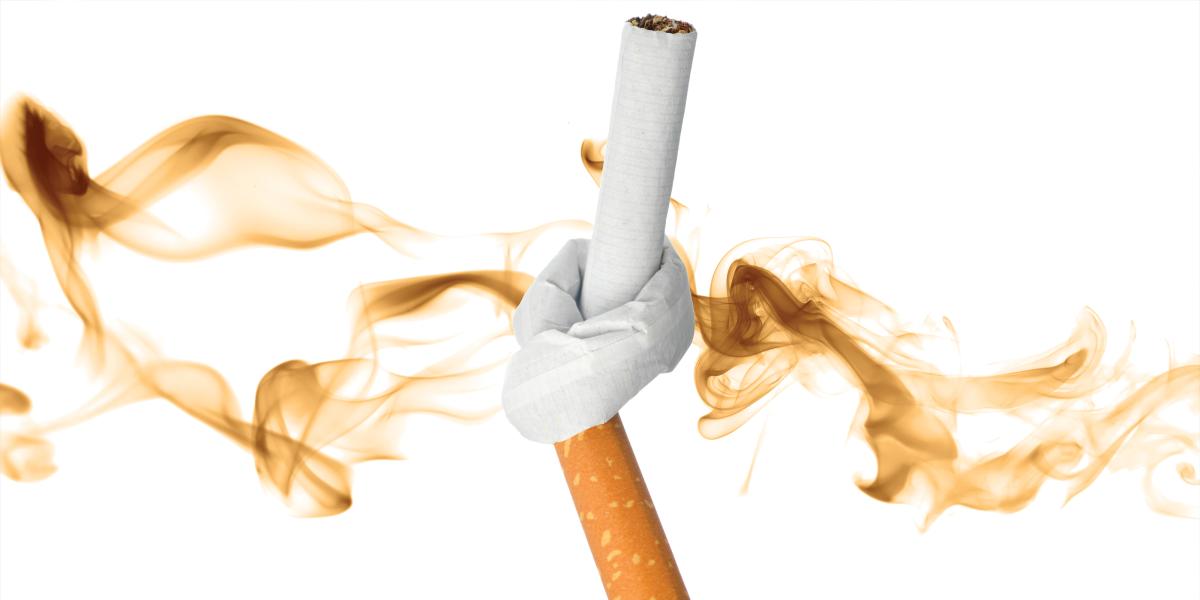The Tobacco Endgame
Inside the international fight to eliminate commercial tobacco sales
Tobacco is a unique legal consumer product: It’s the only one that kills half of its users when consumed as directed.
Taxes, smoke-free public places, and advertising bans have all helped reduce the number of tobacco users in many countries and cut the numbers of deaths. But some public health advocates today are aiming much higher.
Joanna Cohen, PhD, MHSc, director of the Institute for Global Tobacco Control and a Bloomberg Professor of Disease Prevention in Health, Behavior and Society, is a member of Project Sunset, an international effort to end commercial sales of cigarettes.
Some people say it’s radical. What’s really radical is that these products kill so many people and are still being sold. What we must urgently do is catch up and fix this. It is critical—and exciting—to focus on developing plans for phasing out commercial sales of cigarettes.
Beverly Hills and Manhattan Beach in California have already ended tobacco sales. It’s just a matter of time before more cities, states, and countries will follow, using a range of approaches.
In New Zealand, for example, the government is proposing what is called the Smokefree Generation. Basically, this means tobacco products will never be legally sold to anyone born on or after a specific date—in this case, January 1, 2009. It’s actually empowering for young people. They say, “We don’t want to be controlled by the tobacco industry. We’re going to be the generation to end it.”
Many incremental changes can lay the groundwork like clean indoor air laws, restrictions on advertising, and hard-hitting counter-marketing campaigns. But ultimately, it’s past time to finally end the awful, industrially produced tragedy of the tobacco epidemic. Far too many people and their families have suffered. It’s time to take the bold step that ultimately is needed to save lives—ending the commercial sale of cigarettes, the single most deadly consumer product in history.
I should be clear: Banning sales of tobacco products doesn’t make tobacco illegal. People could still grow tobacco for their own use if they choose. I should acknowledge, too, that we are not talking about banning the ceremonial use of tobacco by Indigenous peoples—only the commercial sale of tobacco. Cigarettes are highly engineered toxic chemical products that have been designed to facilitate addiction and continued use. But then we put all the burden of quitting on people who start using them, while continuing to allow their sale everywhere. We don’t do that with other deadly and addictive drugs.
Changing cultural norms like tobacco being sold everywhere takes a while to happen. It’s like mandatory seatbelts. For my parents, they had to remember to put on their seatbelts when it became required. For my kids, putting on their seatbelt is automatic. Within a short time, change becomes the new normal. Nobody now thinks smoking on a plane is normal, but it once was.
There has been some success reducing tobacco use with policies to restrict tobacco’s accessibility and appeal. But the millions of deaths each year continue, and there is absolutely no need for this. Tobacco as manufactured, promoted, and sold is a uniquely deadly product. It needs the same approach we take to other deadly products like leaded gasoline or lead-containing paint: Phase out sales.
If we don’t take this step, we are failing to respond in a way commensurate with the harm that people suffer. This might take some time, but that shouldn’t deter us from dedicating effort to getting to a point when we no longer have loved ones dying and suffering from tobacco-caused illnesses. This suffering is completely preventable, and it’s up to us to finish this fight.
